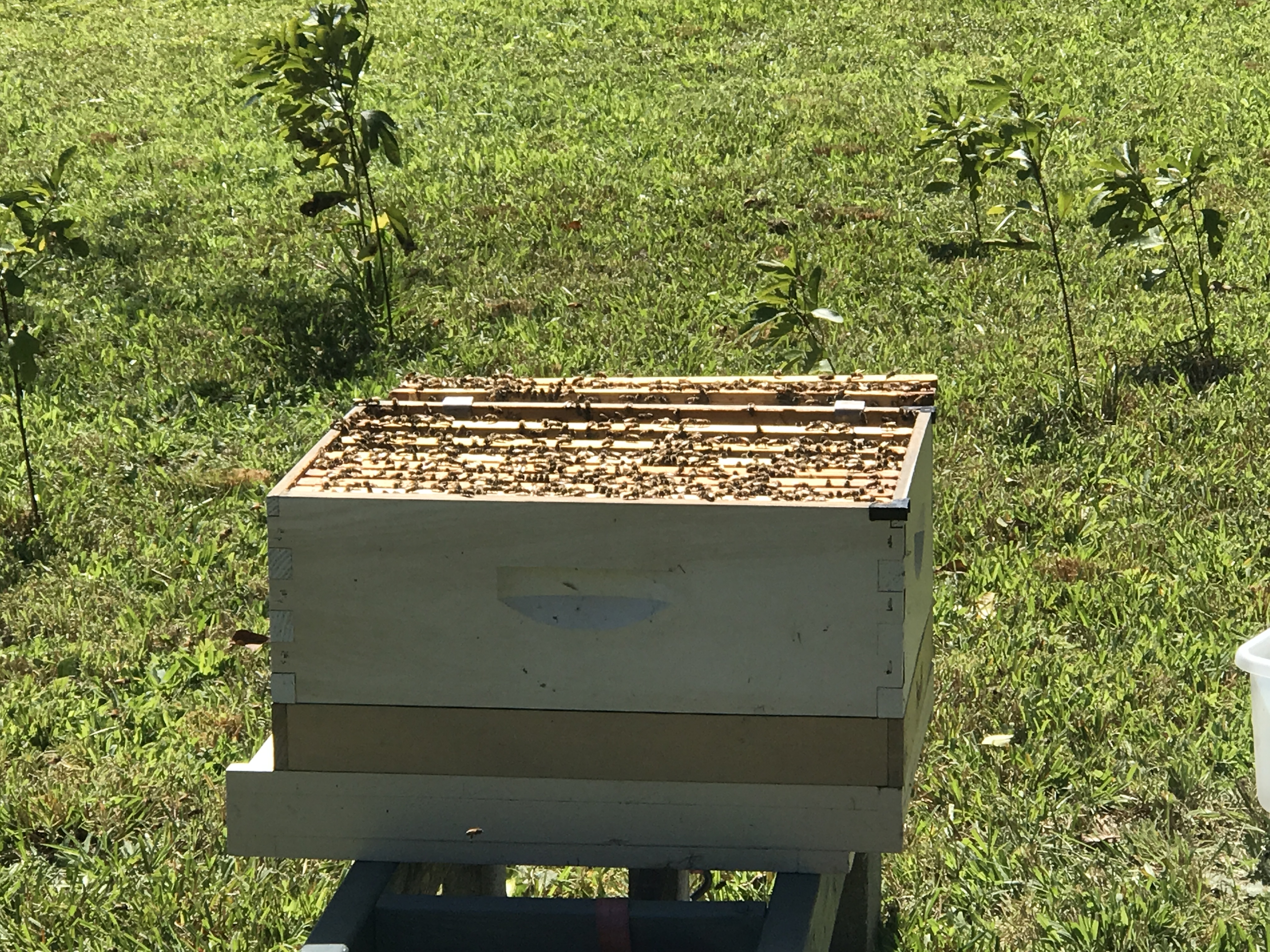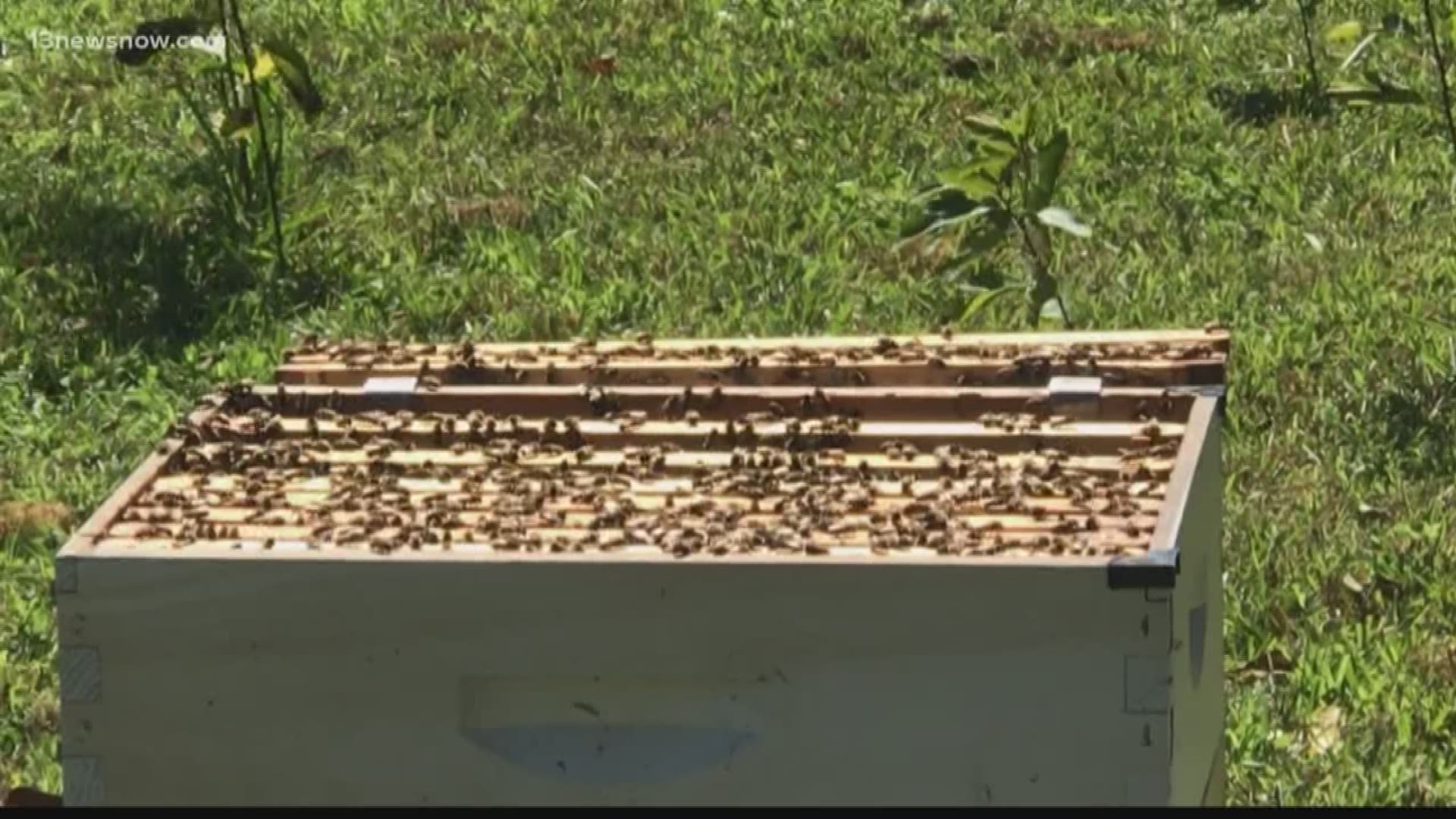CHESAPEAKE, Va. (WVEC) -- While most people flee at the sight of bees, a group of people have flocked to a suburban neighborhood off Mount Pleasant Road in Chesapeake to learn more about them.
"This is part of the screen bottom do which is part of the integrated pest management," one of the instructors described.
There were several bee hives on display at the class and each can hold up to 50,000 bees.
While many who attended the class wore suits to protect from getting stung by bees, many of the institutors opted not to wear the layer of protection.

"See it twitching, the muscles on the poison sack continuing to constrict," said the instructor who had been stung, but did not flinch.
In order to maintain a beehive to produce honey, you have to learn how to protect it against creatures that can be invasive to bee colonies.
“There has been was a decline in the bee population nationwide, we got into it at this point just to help out," said armature beekeeper Steve Jones.
During the class, students were shown a technique that allows them to count the number of mites that could adversely impact a hive.
It starts with scooping a collection of bees into a cup and capping it with a metal mesh.
Then, powdered sugar is heaped into the cup – covering all of the bees inside.
When the cup is turned upside down and shaken, the mites are dislodged from the bees and into a plate filled with water.

This method allows beekeepers to estimate the number of mites in their hive.
Amateur beekeepers usually start projects in backyards of their homes, but instructors insist that there is nothing to fear.
They say honeybees are generally non-aggressive and only attack when they sense fear or are threatened.

